By Joseph Ricketts
When most people think of underwater photography and underground ecosystems, they think of cave diving. I’m no cave diver, and to be honest, I’m not sure I’ll ever be. However, I am fascinated by unique freshwater ecosystems, so when one of my friends reached out to me about some caves in the Southeastern US with shallow, clear water I was immediately intrigued. What followed was one of my weirdest and wildest adventures as an underwater photographer, even though the water was never deeper than three feet.
You don’t always need a lot of water or even a lot of wildlife to justify hauling an underwater camera along with you. Wherever there’s water, there’s always some kind of story to tell.

Wading through an underground canyon. © Joseph Ricketts
Caving Camera Setup
I’m a hybrid shooter, and my setup for this trip was the Canon R5 in a Ikelite DL housing with a compact dome port and the Canon 8-15mm f/4 L fisheye with EF-RF adapter. I know a fisheye lens isn’t most people’s first choice for video, but close-focus wide angle is my jam. Plus, with the R5’s ability to shoot cropped 4k, I have decent flexibility while still being able to emphasize both the subject and the overall environment. I also had pair of old strobes and a couple bright dive lights.

Canon R5 inside an Ikelite 200DL Underwater Housing with Compact 8" Dome Port (and a salamander). © Joseph Ricketts
You might think that unless you are in an area with abundant or diverse wildlife, that snorkeling isn’t really worth it... I strongly disagree. Sometimes, it’s nice when there’s only one thing to look at underwater because you can focus on the simple beauty of just that one tiny being.

The warmouth is a freshwater fish commonly found in the eastern United States. © Joseph Ricketts
(Re)Learning the Ropes
My friend, David, is a highly experienced caver and climber, and he has successfully merged those skill sets into the fascinating niche of vertical caving. The first cave on our list required a 220ft (67m) rappel, so prior to anything else I had to practice and review proper rappelling/ascending techniques, equipment, and safety measures. I did a decent bit of rock climbing in college and there’s a decent bit of overlap with vertical caving. So, although I was a bit rusty, it all came back fairly quickly.

Anything for the shot! Including rappelling 220ft underground in a wetsuit with a camera and underwater housing strapped to your back. © Joseph Ricketts
Down Into the Dark
We set out for the cave before sunset, with my underwater camera safely packed up in a cooler bag. After a rather arduous trek to the middle of nowhere on the side of a small mountain, we arrived at a very unassuming hole in the woods. It’s a good reminder of how dangerous caving can be. You’d never know that this tiny hole hides a 220ft drop to the bottom. A good reminder to never go caving without someone who is experienced and familiar with the system you’re exploring. This was the first time I’ve ever put a climbing harness on over a wetsuit, but we strapped in and rappelled down into the dark.

Entering the mouth of a cave. © Joseph Ricketts
This Place is a Cathedral
Stalactites and massive flowstone formations surrounded me as I rappelled down the rope into the underworld. The water trickling steadily off the formations hurtled to the floor below like rain, creating the sound of a constant, dull roar in the background. Before my feet even hit the ground, my first thought was, “This place is a cathedral.” The walls were lined with strange structures carefully crafted over a millennium by water, rock, and time into shapes that were reminiscent of gothic architecture. The cave was a relatively small room that didn’t lead anywhere horizontally, but just stretched vertically for what seemed like forever. There was a shallow, plateaued pool at the top of the room, and gentle flowstone cascade ran down from it before abruptly ending at the far side of the room as the water disappeared into the wall, flowing off to some inaccessible part of the cave.

Finding the shot, wherever there is water. © Joseph Ricketts
Spring Salamanders
There were a surprising number of large, spring salamanders that had made their home in the pools at the bottom of this cave. Although most of the areas they where they were present were too shallow for my camera, one ventured off into a deeper section of the pool, and I was able to record a bit of footage before it returned to the shallows. I decided to stick my camera and lights beneath the trickling cascade of water falling from the ceiling and film looking directly up. The result looked like a scene from StarWars before a starship makes the jump to hyperspace. After spending a couple hours in the cave, we hooked up all our gear, ascended back up the 220ft of rope, and called it a night.
Clean Caving
When traveling between caves, it’s important to practice clean caving. White Nose Syndrome has devastated bat populations in the Southeast, and it’s important to limit the transmission of disease as much as possible. This means rinsing and washing gear before entering a new cave system.

Crayfish underwater in a freshwater cave system. © Joseph Ricketts
This adventure has inspired me to also care for the rare, dark, muddy, and unseen habitats that lie deep beneath my feet. Without my camera, I wouldn’t have the chance to share this rare glimpse into the underworld with others.
Beavers... In a Cave?
The next day, we visited two other caves via canoe that were connected to a lake. The first cave had a stunning, yawning mouth that we paddled directly into, but unfortunately recent rainfall was causing the groundwater to come roaring out of this cave. Although I snorkeled for a good while, most of the creatures were seeking shelter from the rushing water.
The final cave we explored, was much smaller, but it was level with the lake and had remarkably clear, calm water flowing gently out of it. When we paddled into the cave, to my surprise I spotted a beaver slipping into the water and disappearing towards the back of the cave. I’ve been hoping to photograph beavers underwater for some time now, but they always have managed to evade me. I tried not to get my hopes up, but got my gear ready as quickly as possible and struck off into the cave. We were only snorkeling in about 2-3 feet of water with the roof of the cave not far above our heads. It was quite tight and I had to be careful as I maneuvered my housing through the labyrinth. Along the way we saw plenty of unique formations and couple small creatures that had found habitat and shelter in the cave - a young warmouth and several crayfish. You might think that unless you are in an area with abundant or diverse wildlife, that snorkeling isn’t really worth it, much less underwater photography. I strongly disagree. Sometimes, it’s nice when there’s only one thing to look at underwater because you can focus on the simple beauty of just that one tiny being.

The elusive beaver. © Joseph Ricketts
Not much farther on, I caught a brief glimpse of the beaver. I assumed it had slipped past me and disappeared for good, but then all of a sudden I looked ahead and realized I was face to face with it. With barely enough room, I carefully hoisted my housing above the water line and snapped a splitshot. As it turns out, there was a whole family of beavers that were using the cave as a lodge and we saw at least 2-3 individuals. We could tell the beavers were nervous and didn’t want to disturb them for long or make them feel cornered in the cave, so after a few quick shots and video, we squeezed our way back to the entrance and our canoe. This was easily one of the most bizarre and amazing experiences I’ve had underwater, and certainly the last place I expected to run into a beaver.

Did you even go caving if you didn't take a split shot selfie? © Joseph Ricketts
Wherever There's Water There's a Story to Tell
Freshwater environments face a growing number of challenges in today’s world, and it can be hard to convince people to care about surface-level freshwater ecosystems let alone those that are underground and literally out-of-sight and out-of-mind. But this adventure has inspired me to also care for the rare, dark, muddy, and unseen habitats that lie deep beneath my feet. Without my camera, I wouldn’t have the chance to share this rare glimpse into the underworld with others. You don’t always need a lot of water or even a lot of wildlife to justify hauling an underwater camera along with you. Wherever there’s water, there’s always some kind of story to tell.
Additional Viewing
The Up-and-Coming Photographer You Need to Know: Joseph Ricketts
Underwater Cave Photography with the Nikon Z7 II
What Secrets Lurk Underwater in the Florida Springs at Night?
Ocean Conservation in Action // Be an Environmental Influencer [VIDEO]

Joseph Ricketts grew up canoeing, camping, and looking for snakes whenever he could, and somewhere early along the way he picked up a camera. Since then, his love for wildlife photography combined with an academic background in biology has grown into a lifelong passion for wildlife science, visual art, and conservation story-telling. Joseph’s creative work is primarily built upon Florida’s various aquatic ecosystems, and his focus most recently has been documenting freshwater springs at night and urban crocodiles of South Florida. Through his imagery, Joseph aims to shed light upon the beauty and conservation needs of aquatic habitats and species in order to motivate those who visit these wild places to take action to protect them for generations to come. Currently, Joseph is based out of Gainesville, Florida where he works as a Crocodilian Research Scientist. Follow Joseph on his wildly successful YouTube channel @josephrickettsphoto and on Instagram @josephrickettsphoto.




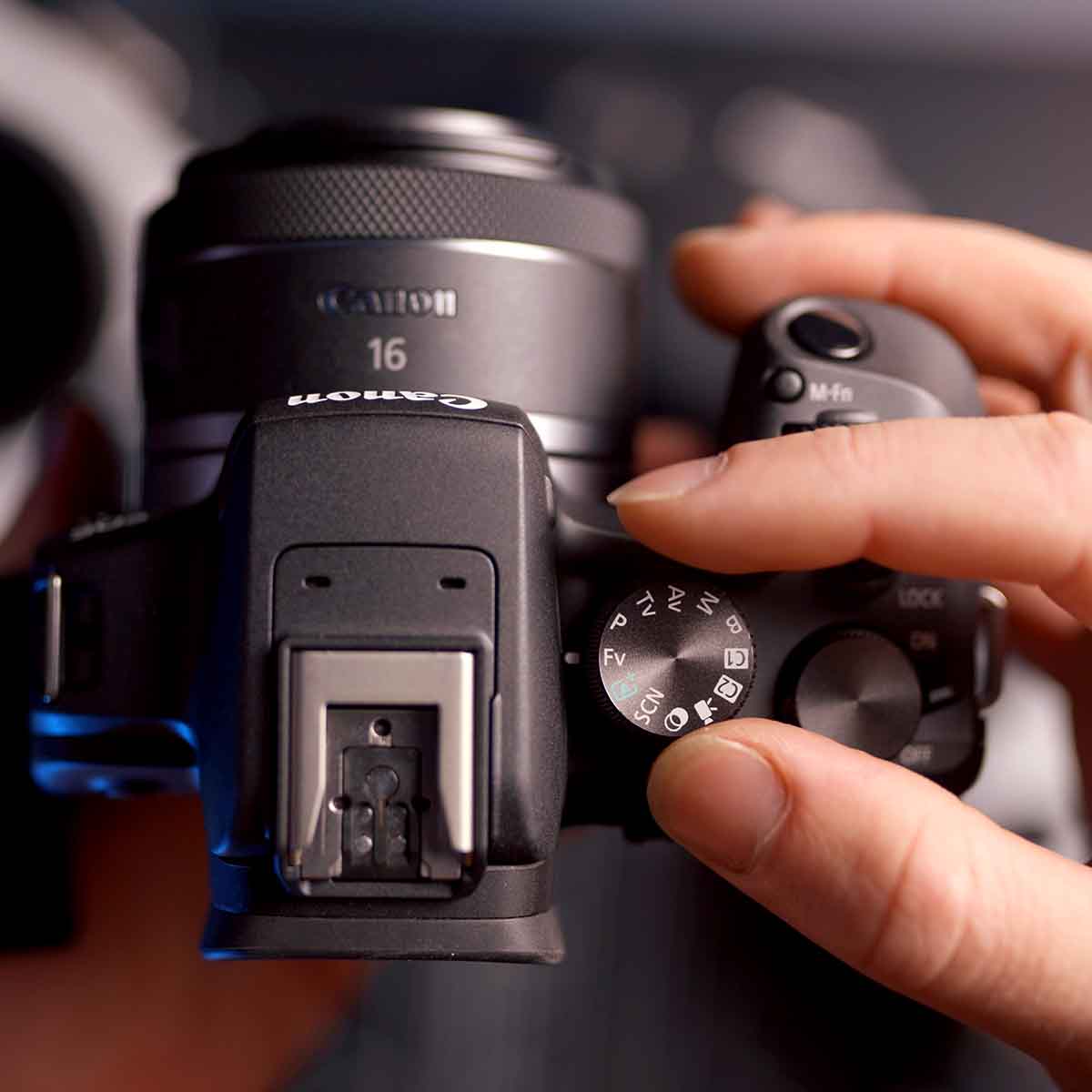


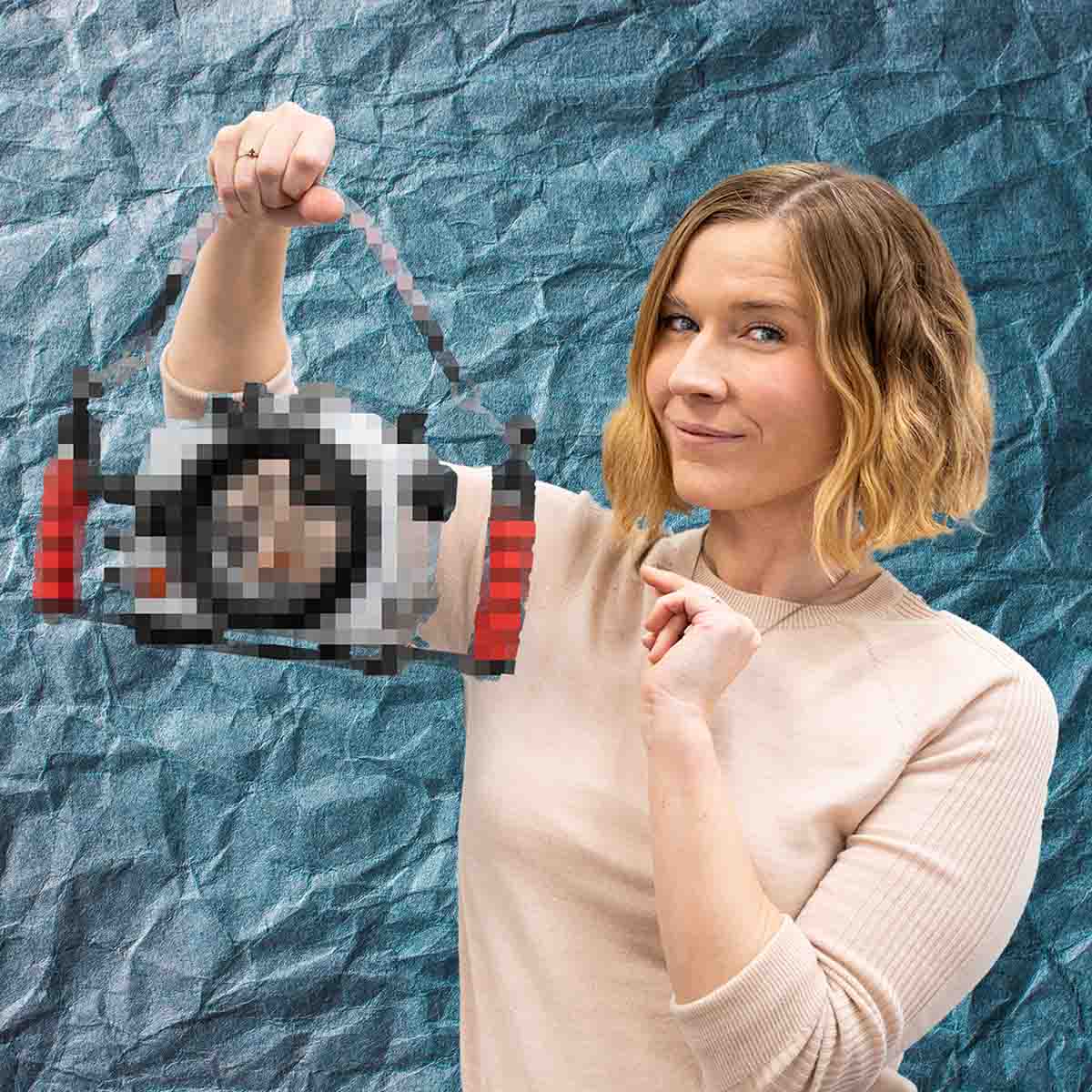
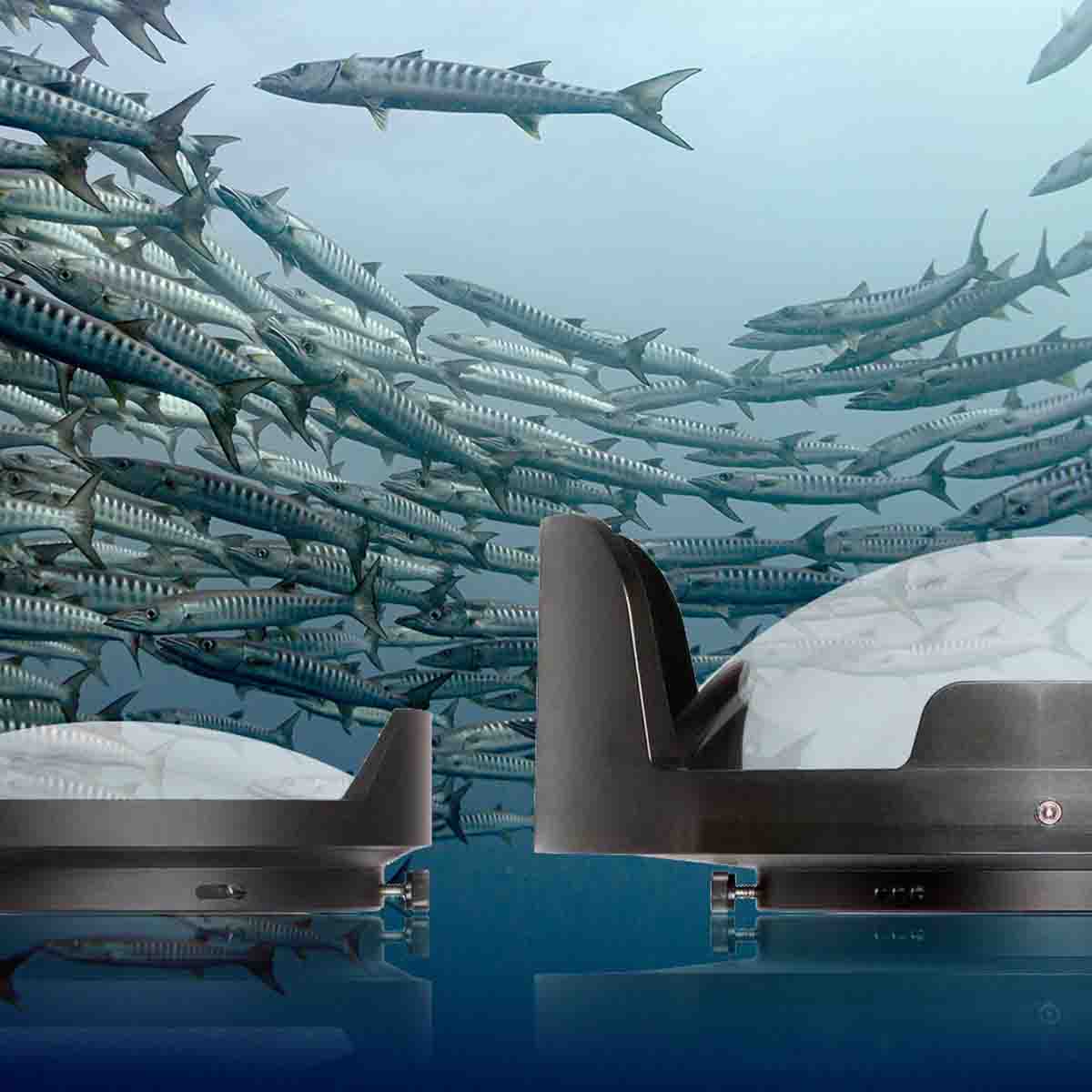
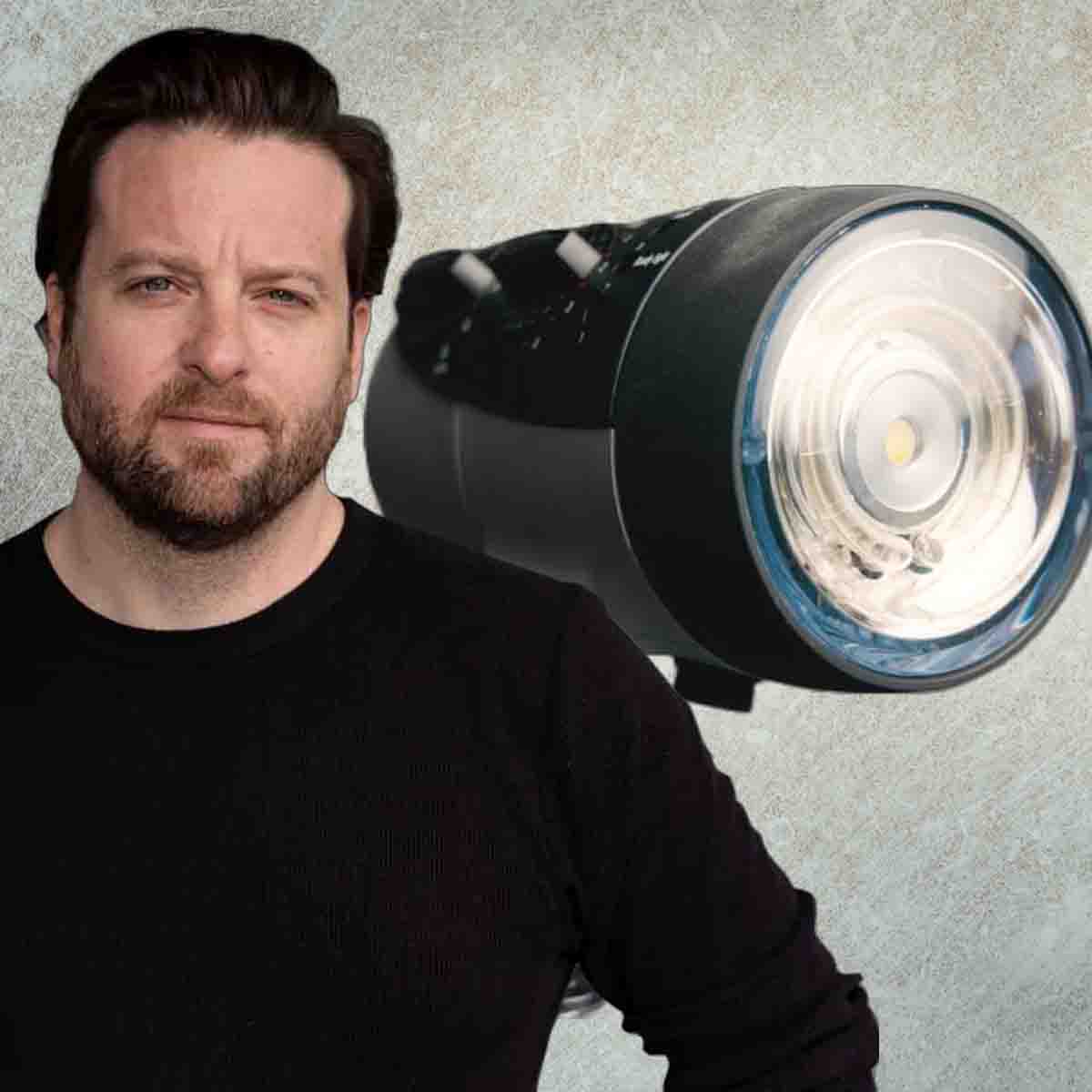
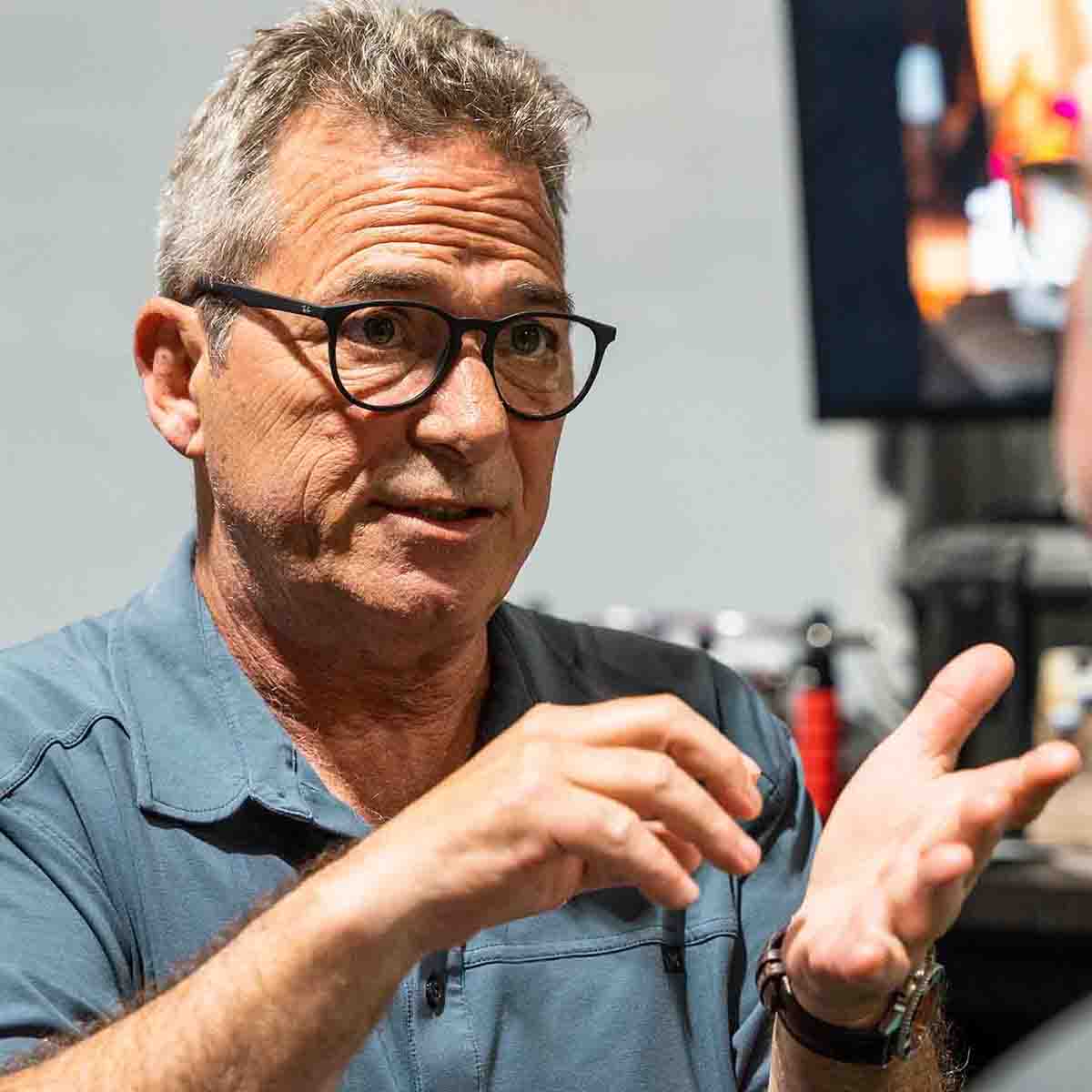
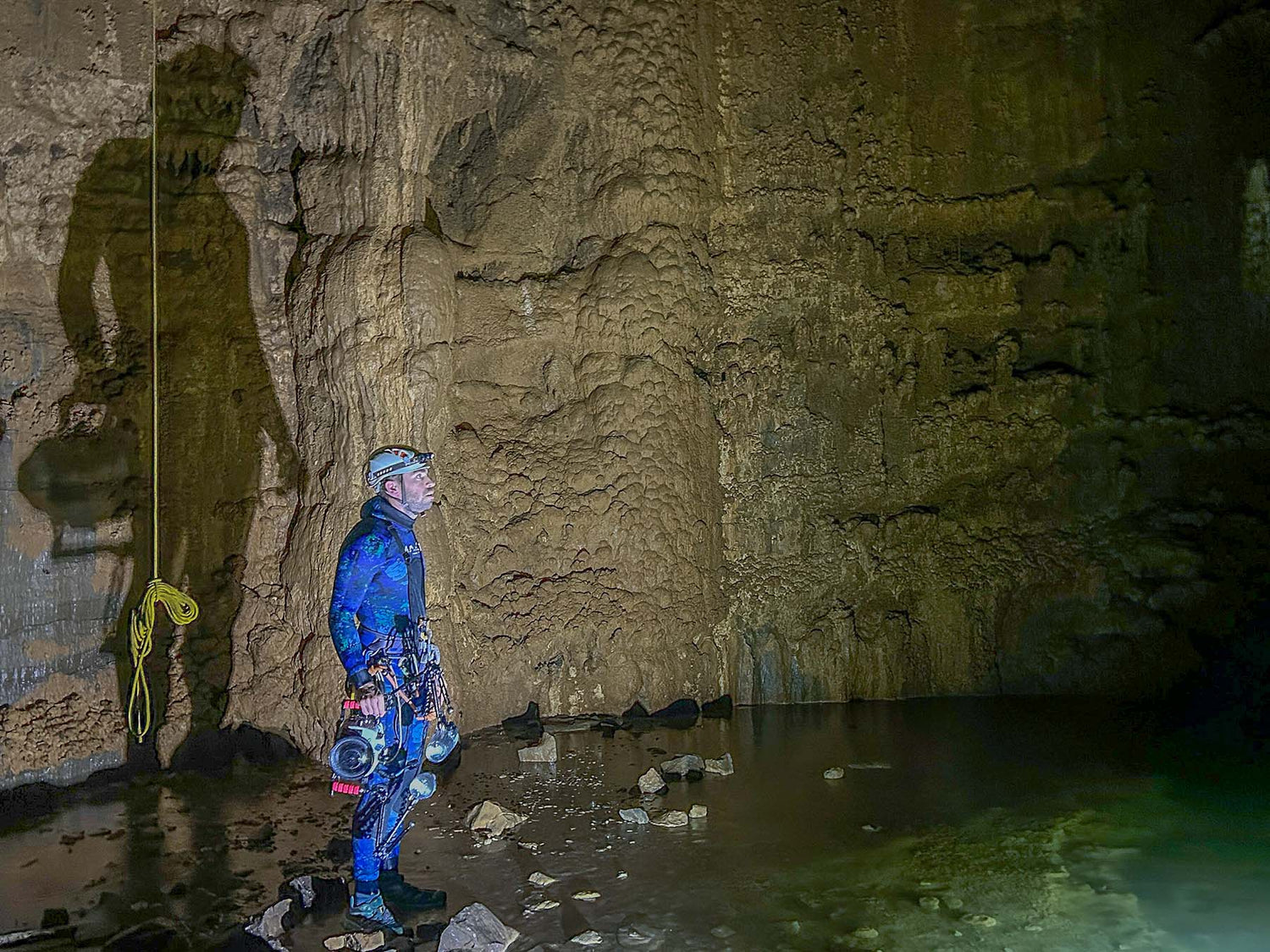

![Indonesia's LUXURY Liveaboard // All Star's Velocean Liveaboard [VIDEO]](http://www.ikelite.com/cdn/shop/articles/Ikelite_Velocean_Allstar_Liveaboards_Promo_Blog_Cover_5ea05100-aea6-4f8e-a91d-26bd657d8a57.jpg?v=1752236014&width=1255)